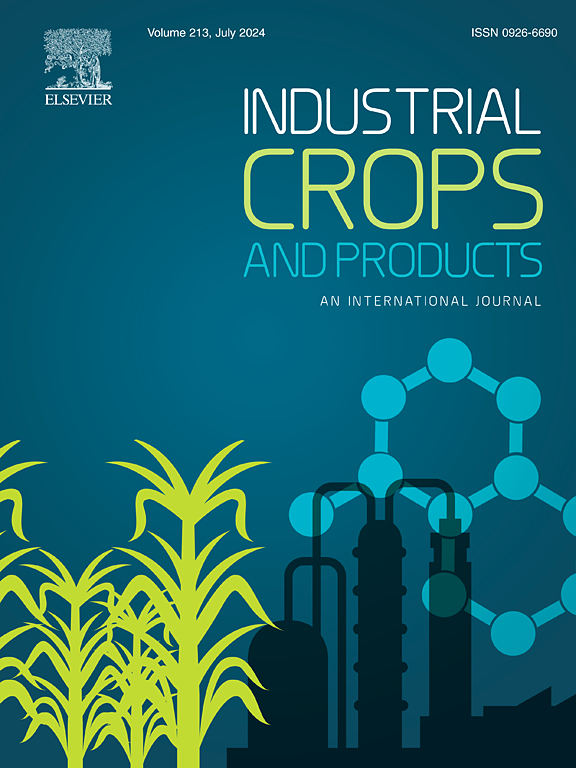The observation of internal structure changes and survival prediction modeling of mature coconut during germination based on computed tomography imaging
IF 5.6
1区 农林科学
Q1 AGRICULTURAL ENGINEERING
引用次数: 0
Abstract
Due to the unique structure of the coconut, the internal changes in the early process of coconut germination cannot be observed without damage. With the development of imaging technology, computed tomography (CT) has gradually become a non-invasive tool to observe the internal structure of plants. In this study, the growth of haustorium, bud and roots, as well as the density and morphological changes of the internal structure of 100 coconuts from picking to germination were noninvasive observed based on CT imaging for 15 months, to explore the internal development process of coconuts and the factors affecting the planting survival. The results showed that the minor axis of coconut and major axis of coconut increased with time, and the thickness and density of mesocarp and endocarp, weight and liquid endosperm volume decreased with time. Haustorium first appeared in coconut, then appeared bud, and finally formed roots. Mesocarp thickness, endocarp thickness and the presence of haustorium, bud and roots can be used as key factors to predict the survival of coconut. The predictive performance was obtained with an AUC of 0.818 (95 %CI: 0.724–0.912) by binary regression modeling based on the above factors. The CT images can help people understand the internal changes in the process of coconut germination and guide the process of coconut cultivation.
基于计算机断层成像的成熟椰子萌发过程内部结构变化观察及存活预测模型
由于椰子独特的结构,在椰子发芽的早期过程中观察到内部的变化是不可能不受损害的。随着影像技术的发展,计算机断层扫描(CT)逐渐成为一种观察植物内部结构的无创工具。本研究通过15个月的CT无创观察100个椰子从采摘到发芽的吸器、芽和根的生长情况,以及内部结构的密度和形态变化,探讨椰子内部发育过程及影响种植成活的因素。结果表明:随着时间的延长,椰子的小轴和长轴逐渐增大,中果皮和内果皮的厚度和密度、重量和液体胚乳体积逐渐减小;吸器首先在椰子中出现,然后出现芽,最后形成根。中果皮厚度、内果皮厚度以及吸器、芽和根的存在可以作为预测椰子成活的关键因素。基于上述因素建立二元回归模型,预测效果为0.818(95 %CI: 0.724-0.912)。CT图像可以帮助人们了解椰子发芽过程中的内部变化,指导椰子的种植过程。
本文章由计算机程序翻译,如有差异,请以英文原文为准。
求助全文
约1分钟内获得全文
求助全文
来源期刊

Industrial Crops and Products
农林科学-农业工程
CiteScore
9.50
自引率
8.50%
发文量
1518
审稿时长
43 days
期刊介绍:
Industrial Crops and Products is an International Journal publishing academic and industrial research on industrial (defined as non-food/non-feed) crops and products. Papers concern both crop-oriented and bio-based materials from crops-oriented research, and should be of interest to an international audience, hypothesis driven, and where comparisons are made statistics performed.
 求助内容:
求助内容: 应助结果提醒方式:
应助结果提醒方式:


